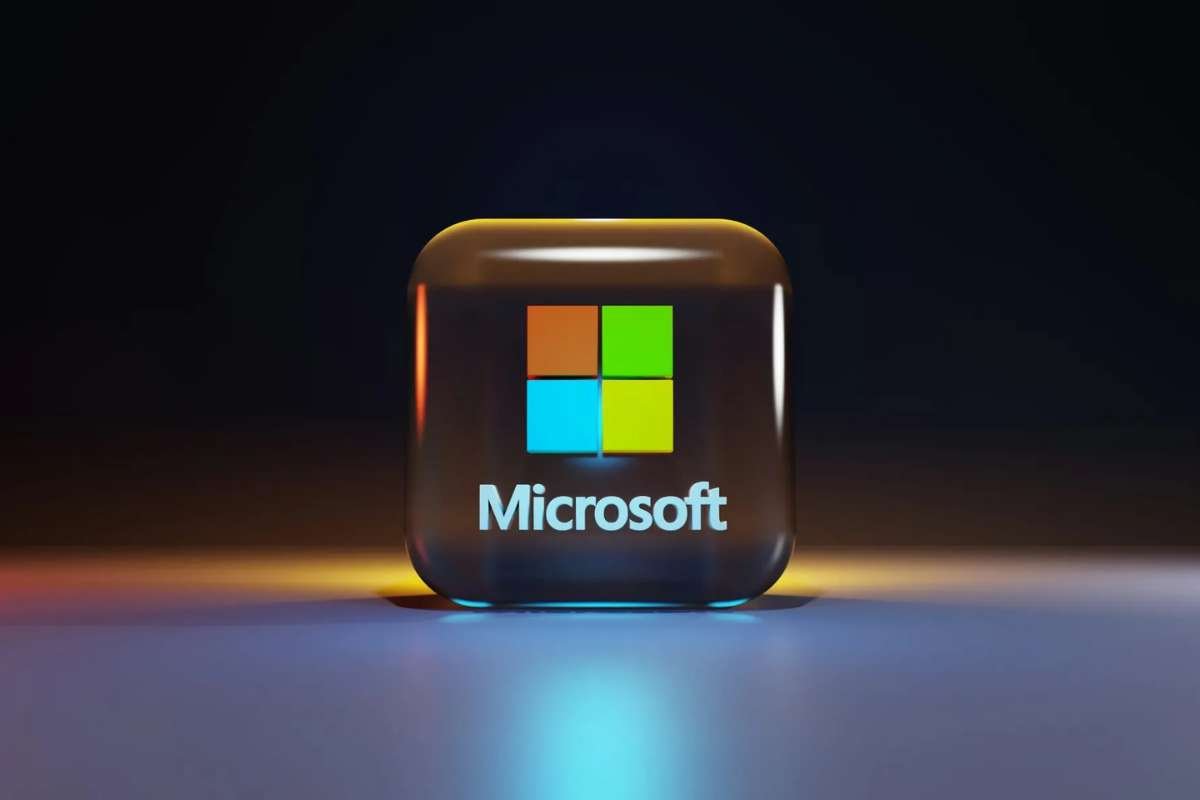Key Points:
- OpenAI launches GPT-OSS, its first open-weight LLMs since GPT-2.
- Models integrated into AWS SageMaker and Bedrock for enterprise use.
- GPT-OSS offers strong performance, safety, and cost-effective deployment.
In a major move toward transparency and open innovation, OpenAI has launched GPT-OSS, its first set of open-weight large language models (LLMs) since 2019’s GPT-2. The release features two models—gpt-oss-120b and gpt-oss-20b—licensed under Apache 2.0, allowing unrestricted commercial and research use.
OpenAI CEO Sam Altman described the new models as “the best and most usable open model in the world,” emphasizing their strong performance and usability. According to OpenAI, these models are designed to rival its proprietary o4-mini and o3-mini LLMs in terms of accuracy, reasoning, and practical application across various domains. This release also marks a strategic response to growing competition from open-source LLMs like DeepSeek, Meta’s Llama-3, and Mistral.
Technical Specs and Safety Frameworks
The GPT-OSS models are built using a Mixture-of-Experts (MoE) Transformer architecture. The flagship model, gpt-oss-120b, includes 128 experts (four active at a time), resulting in 117 billion active parameters per inference pass. It supports a 128K-token context window, adjustable reasoning modes (low, medium, high), and advanced features like chain-of-thought reasoning and tool use.
Meanwhile, gpt-oss-20b is optimized for smaller-scale deployment, running on devices with approximately 16 GB of memory. Despite its smaller size, it delivers performance comparable to the o3-mini model, making it ideal for mobile, edge, and personal use scenarios.
OpenAI claims these models underwent rigorous testing under its Preparedness Framework, including red teaming, adversarial fine-tuning, and simulations of potential misuse. According to the company, GPT-OSS models matches the safety performance of its proprietary models on internal benchmarks. External experts were also consulted to ensure responsible release practices.
AWS Integration Powers Enterprise Accessibility
Shortly after OpenAI’s announcement, Amazon Web Services (AWS) integrated both models into Amazon SageMaker JumpStart and Amazon Bedrock, allowing users to deploy and scale GPT-OSS with minimal configuration. Enterprises across supported regions—including US East (N. Virginia, Ohio) and Asia Pacific (Mumbai, Tokyo)—can now use these models directly within SageMaker’s secure and managed infrastructure.
AWS highlighted the cost-efficiency of the models: gpt-oss-120b is said to be 3× more cost-effective than Google’s Gemini, 5× more than DeepSeek-R1, and 2× more than OpenAI’s ao4 model when deployed through Amazon Bedrock. Customers also gain access to tools for governance, prompt engineering, Guardrails, and integration with proprietary knowledge bases and external tools.
This partnership significantly enhances accessibility for enterprises, enabling scalable, secure, and high-performing AI deployments without vendor lock-in or excessive overhead.
With GPT-OSS models, OpenAI has re-entered the open-source LLM landscape, providing models with competitive performance, safety assurances, and flexible licensing. The immediate integration with AWS platforms like SageMaker and Bedrock opens the door for global businesses to adopt cutting-edge AI while optimizing cost and deployment complexity. Together, this joint move redefines how open-weight models can be leveraged at scale, marking a pivotal moment in the democratization of generative AI.
Visit The Enterprise World for the most recent information.


















